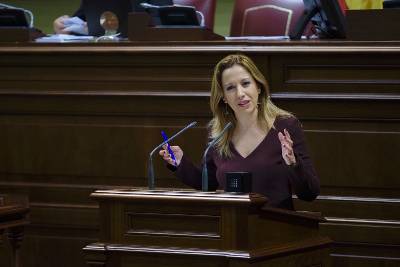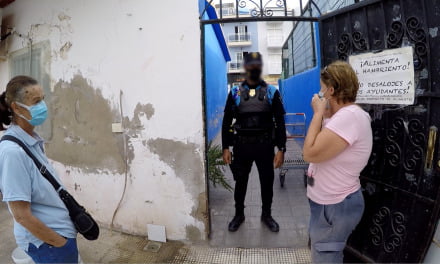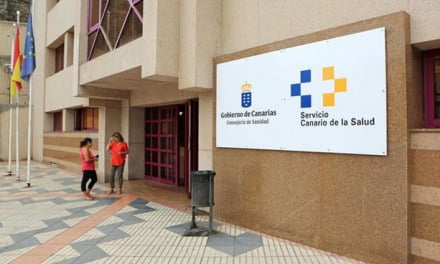If ever evidence were needed that The Canary Islands have been returning to boom, after the bust of a decade ago, it can be seen in the range of new hotel developments, urban projects, new roads, theme parks and commercial centres that are currently under construction.
Part of this new boom has come from the fact that the Government of the Canary Islands announced this year that they closed the fiscal year of 2017 with a surplus of €295 million, equivalent to 0.67% of the gross domestic product (GDP) of the entire autonomous community, according to data from the Ministry of Finance.
The Canary Islands region is one of the communities that in recent years has repeatedly met deficit limits set by the Spanish State and this year joined the top group of four regions that not only do not have budgetary imbalances, but also collect more revenues than they spend (along with País Vasco, Navarra and the Balearic Islands).
Compared with 2016, The Canaries have improved their bottom line balance by €460 million, going from a deficit of 165 million (-0.39% of GDP) to a surplus of 295 million (0.67%).
The Autonomous Communities of Murcia, Castilla y León, Aragón, Extremadura, Comunidad Valenciana and Castilla-La Mancha all defaulted in 2017 on the deficit target (0.6 percent). According to data from Spain’s Ministry of Finance, the autonomous communities, as a whole, reduced their total deficits by more than 60%, to 0.32 percent of GDP. Despite this failure of six regional communities, all regions, except Castilla y León, did improve in 2017 compared to 2016.
So it seems Spain as a whole is on the mend, though there seems to be woefully little fluctuation with other metrics like unemployment (still some of the highest in Europe, particularly here in The Canary Islands), mainland Spain has seen a rise in house prices, with a fairly spectacular recovery being enjoyed here in the The Canaries Archipelago.














